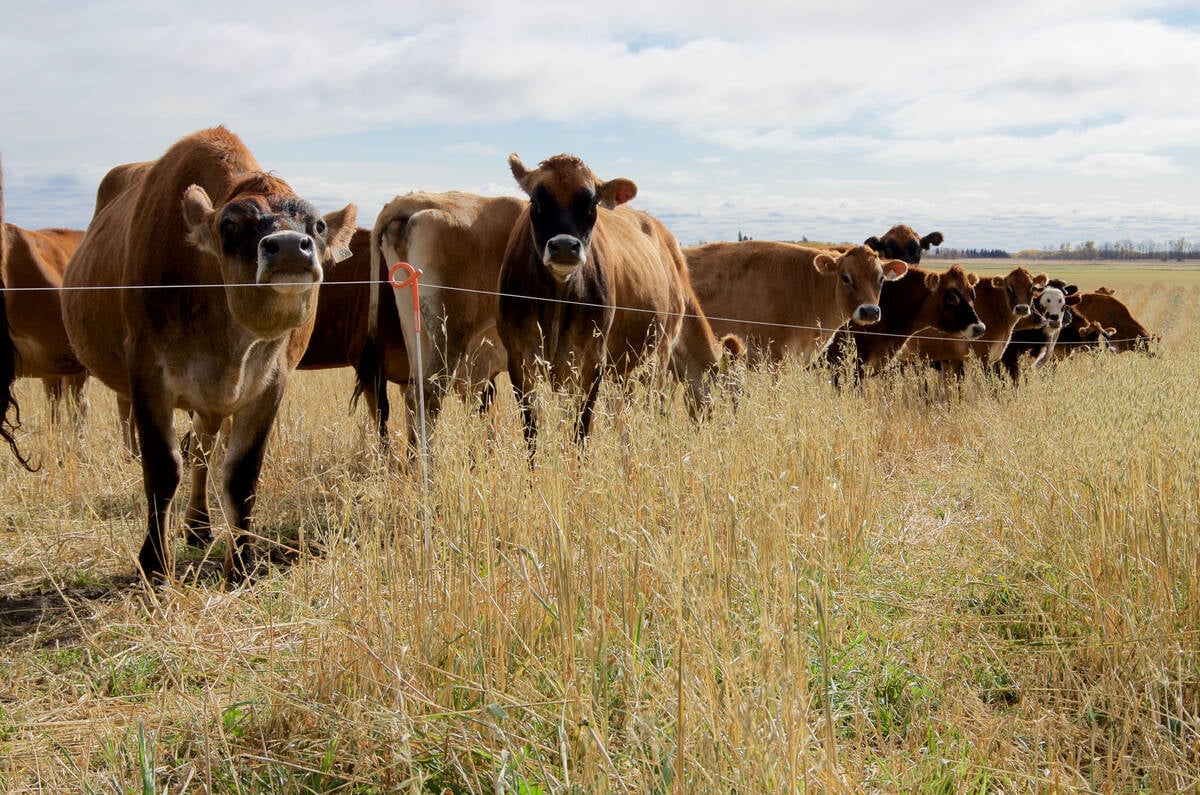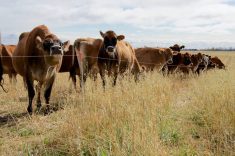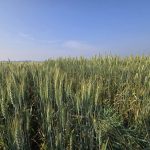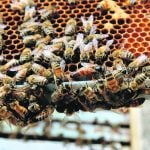It is a sight that would have seemed radical just a few years ago.
Across the West, environmentalists and landowners are walking eroded stream and river banks together to see what they can do to improve crumbling riparian areas.
For advice, they most often turn to Idaho ecologist Bill Platts, a semi-retired university teacher now working as an ecology consultant in Boise.
Platts has helped restore rivers and streams in Idaho, California and Wyoming. He has worked with those involved in Alberta’s Cows and Fish program.
Read Also

Regenerative farming gains ground in Manitoba amid drought challenges
Regenerative agriculture advocates say farming with an eye to soil health can buffer a farmer’s risk against weather extremes like drought.
In the United States, riparian restoration has been an issue for about 15 years, said Platts. “Right now riparian is a key word in the United States and anything that is riparian receives special interest.”
The movement was spurred by declining water quality and the loss of habitat as plants died and wildlife disappeared at an alarming rate.
“It wasn’t long before you had thousands of people out there walking these streams and looking at these waters,” he said. “They could suddenly see the problem and how these problems developed.”
For many, it was more than fixing an eyesore. Neglecting a river could bring on a lawsuit.
In the U.S., landowners can be forced by law to clean up a degraded stream and can be charged with violating the Water Quality Act.
When environmental groups can point at muddy streams with stripped banks laden with animal manure, it is ammunition for their Washington lobby effort to remove agriculture from federally held lands and to charge ranchers with irresponsible land and water management, he said.
In the last five years, groups like Ducks Unlimited and individual ranchers have responded by cleaning up their waterways and returning them to natural states.
Platts sees advantages that reach beyond the ranching community.
The return of grasses and trees helps reduce downstream flood damage risk because the water flow is slowed. Watershed areas in poor condition lose water quickly but healthy areas with abundant vegetation trap snow and rain.
“You can’t create more water,” he said. “You can have some effect on how that water leaves a watershed and moves downstream.”

















